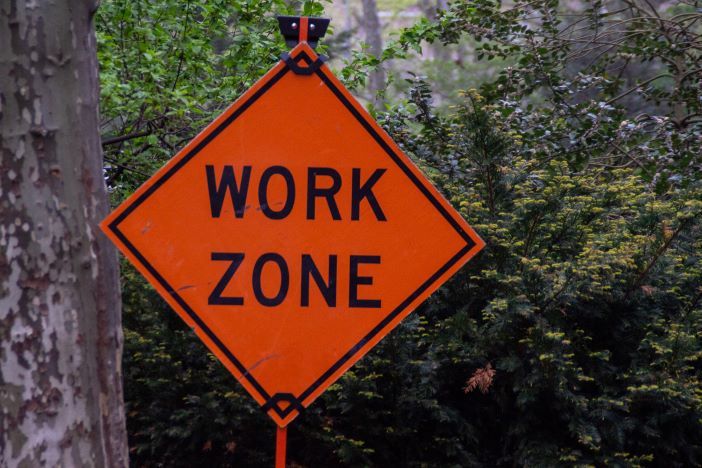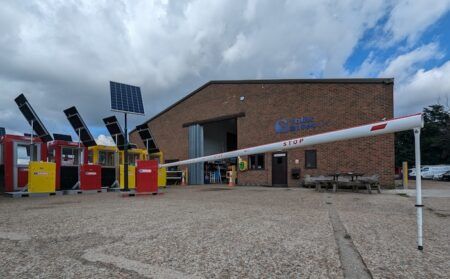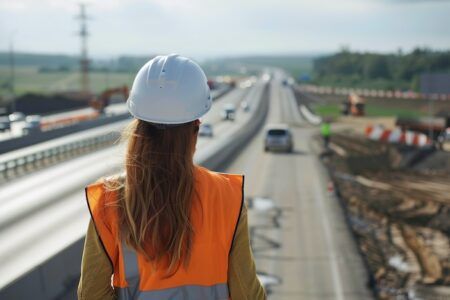The outgoing Biden-Harris Administration yesterday (November 5) announced updates to the Work Zone Safety and Mobility Rule and the Temporary Traffic Control Devices Rule to improve safety in and around work zones in the US.
These regulations are designed to improve work zone safety for roadway workers as well as the movement of motorists traveling through work zones using comprehensive management strategies to ensure safety while minimizing impacts and traffic disruptions to the traveling public.
The updated rules will add safety and mobility performance measures for use by states when developing their work zone policies.
Other key updates include requiring the use of positive protection devices, such as temporary concrete barriers, to protect workers from motorized traffic operating at high speeds during construction, utility, and maintenance operations, and encouraging the use of work zone programmatic reviews, which are more comprehensive, holistic, and data-driven.
In the coming months, FHWA will develop various support materials and conduct outreach activities to help stakeholders implement the latest updates.
“With USDOT’s commitment to Vision Zero – a future where no one dies on our roads – it’s critical that we keep people safe in work zones, including travelers and those constructing our roads,” said acting Federal Highway Administrator Kristin White. “This work zone safety rule took years in the making to engage communities, partners and public and private sectors to ensure we prioritize work zone safety and reduce congestion to keep us all safe every day.”
The updated rule is the first update in 20 years and makes important changes to support the US Department of Transportation’s Federal Highway Administration principal mission: to ensure America has the safest and most modern transportation system in the world.
The updated rule also supports the US Department of Transportation’s National Roadway Safety Strategy to address the safety crisis on the nation’s roadways, including crashes in work zones.
By updating these regulations, FHWA is meeting current and future work zone management needs while making the regulations compliant with the Bipartisan Infrastructure Law.





